Forest Green
ACCESS: Above Top Secret
- Joined
- 11 June 2019
- Messages
- 6,601
- Reaction score
- 9,976
Satellite images following Storm Shadow strike on Mariupol:
Oddly enough a conventional ASMP was one of the competitors for the CASOM requirement which was won by Storm Shadow.I would wager that there's no chance of fitting a BROACH in an ASMP-A/R anyway. They did study developing a conventional anti-ship variant at one time though, but it was deemed too expensive.
Oddly enough a conventional ASMP was one of the competitors for the CASOM requirement which was won by Storm Shadow.I would wager that there's no chance of fitting a BROACH in an ASMP-A/R anyway. They did study developing a conventional anti-ship variant at one time though, but it was deemed too expensive.
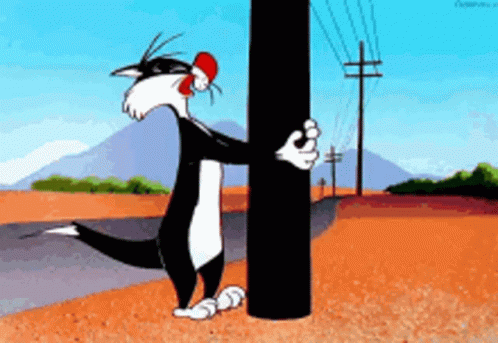
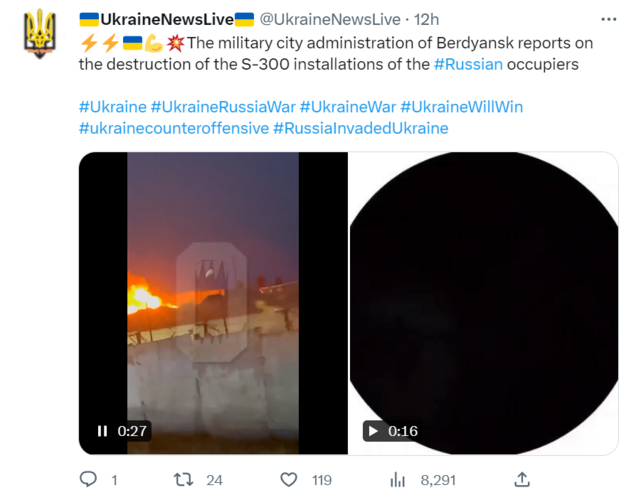
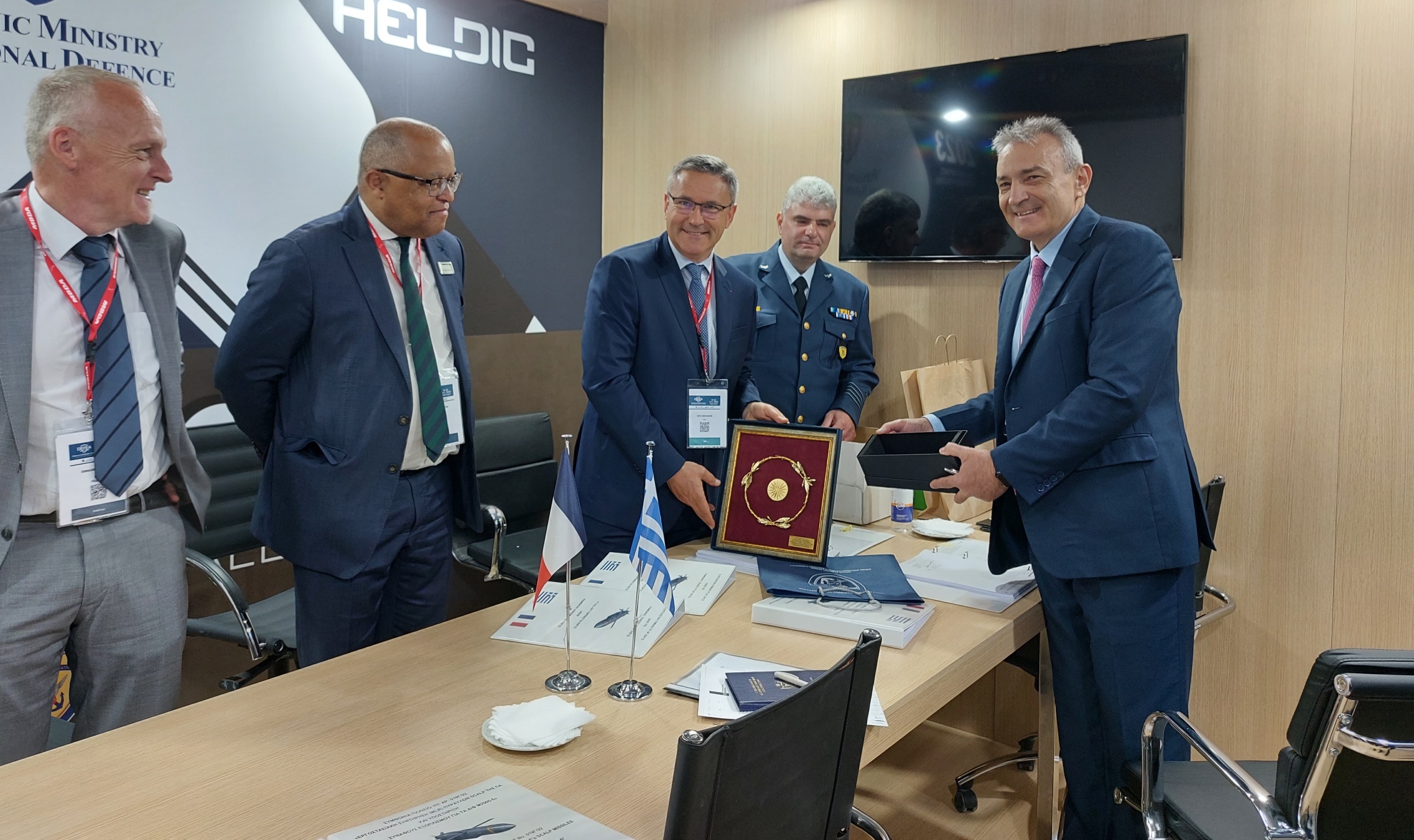
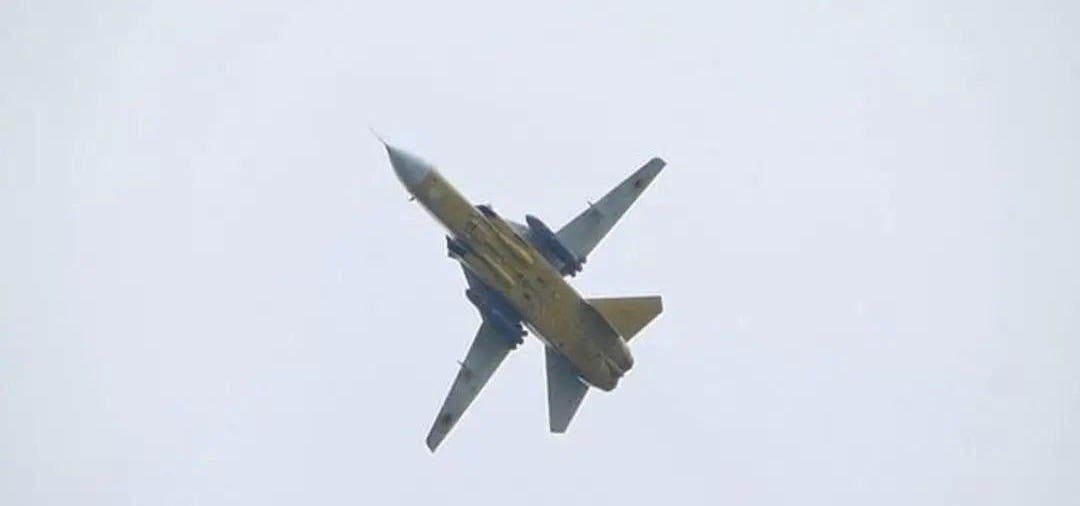
 www.forbes.com
www.forbes.com
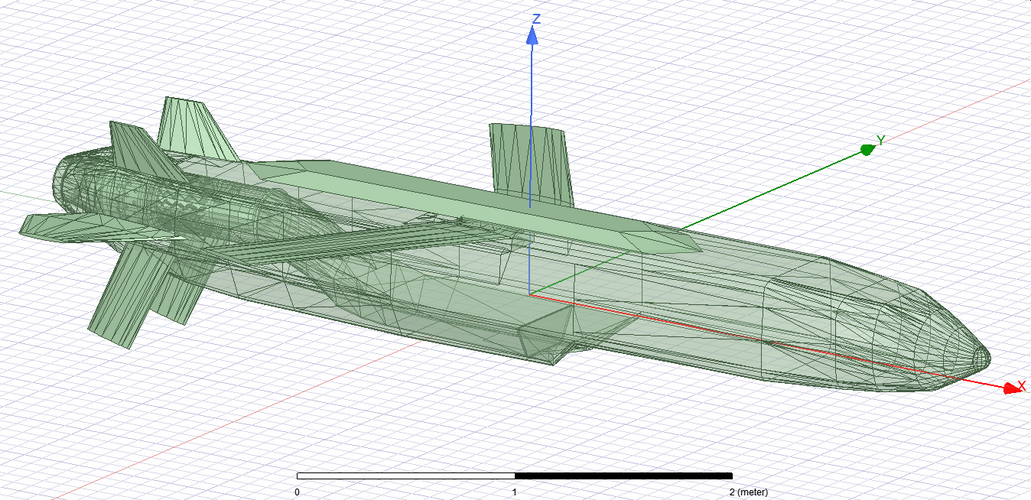
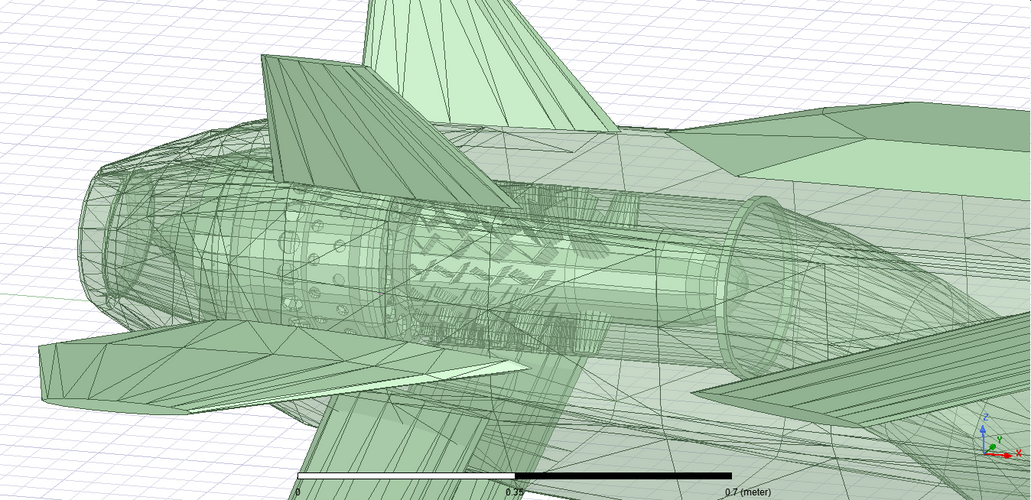
Presumably the nose cover stays on until the missile approaches the target?
Presumably the nose cover stays on until the missile approaches the target?
How's it compare to JASSM?I guess there is no real public information about stealth treatment of Storm shadow/Scalp ?
I am doing RCS Estimates for the missile, the model is done. As per my standard the model have air inlet and engine.
View attachment 701385
The TRI-60-3/5 Engine is fully modeled which includes all 4 stages of compressors, burner and the turbine.
View attachment 701386
However given the lack of information in treatment department. The model will either be PEC or treated with Perfect absorber.
In my view however for missile. PEC model can give some reasonable value as it's not as complex or large as aircraft. The modeled configuration is assumed to be in-flight configuration with Nose cover ejected, exposing the IIR Seeker. That part is also source of my confusion, whether it will entirely eject the nose cover or just the small part in the nose of the missile. The model i am working on atm is using the First assumption as depicted below.
First Assumption Second Assumption View attachment 701387 View attachment 701388
However just in case. I have 2nd model with secondary assumption ready.
Look 2 posts up.How's it compare to JASSM?
How's it compare to JASSM?
Did you look at the McDonnel Douglas JASSM (Boeing) that lost or the LM missile?How's it compare to JASSM?
From my estimate at least JASSM have lower RCS in low band (VHF, L) Compared to the Storm shadow model. Their RCS in higher frequencies however like X,Ku are comparable.
Seems that when making the AGM-158, Boeing was thinking to defeat the widest array of Radar possible which includes VHF. While Storm Shadow was not as optimized against low band radar, probably to simplify development and manufacturing process, with adequate performance to defeat most Russian mobile Radar system (mobile here being deployable in at least 15-30 minutes or less).
Did you look at the McDonnel Douglas JASSM (Boeing) that lost or the LM missile?
Boeing AGM-159 JASSM
Lockheed Martin AGM-158 JASSM
Is VHF/UHF even relevant against something flying at 200ft? I mean the optical horizon is only ~28km and the radar horizon is likely less and detecting it doesn't mean you can target it?From my estimate at least JASSM have lower RCS in low band (VHF, L) Compared to the Storm shadow model. Their RCS in higher frequencies however like X,Ku are comparable.
Seems that when making the AGM-158, Boeing was thinking to defeat the widest array of Radar possible which includes VHF. While Storm Shadow was not as optimized against low band radar, probably to simplify development and manufacturing process, with adequate performance to defeat most Russian mobile Radar system (mobile here being deployable in at least 15-30 minutes or less).
But if you're flying at altitude, for range, you'd want to have the lower RCS. AGM-129 did the same.Is VHF/UHF even relevant against something flying at 200ft? I mean the optical horizon is only ~28km and the radar horizon is likely less and detecting it doesn't mean you can target it?From my estimate at least JASSM have lower RCS in low band (VHF, L) Compared to the Storm shadow model. Their RCS in higher frequencies however like X,Ku are comparable.
Seems that when making the AGM-158, Boeing was thinking to defeat the widest array of Radar possible which includes VHF. While Storm Shadow was not as optimized against low band radar, probably to simplify development and manufacturing process, with adequate performance to defeat most Russian mobile Radar system (mobile here being deployable in at least 15-30 minutes or less).
Is VHF/UHF even relevant against something flying at 200ft? I mean the optical horizon is only ~28km and the radar horizon is likely less and detecting it doesn't mean you can target it?From my estimate at least JASSM have lower RCS in low band (VHF, L) Compared to the Storm shadow model. Their RCS in higher frequencies however like X,Ku are comparable.
Seems that when making the AGM-158, Boeing was thinking to defeat the widest array of Radar possible which includes VHF. While Storm Shadow was not as optimized against low band radar, probably to simplify development and manufacturing process, with adequate performance to defeat most Russian mobile Radar system (mobile here being deployable in at least 15-30 minutes or less).
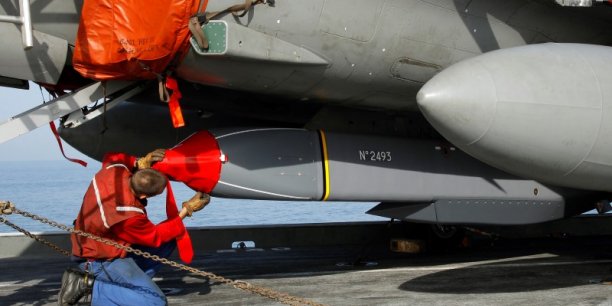
Incidentally France has not sent any SCALP to Ukraine yet.
Is that actually in service with anyone, or even in production?Macron needs to get off the fence and send these promised Storm Shadow/SCALP missiles to Ukraine, unlike the Storm Shadow there is a variant of the SCALP that is ground-launched which would suit Ukraine very well.
It is not. Just an artists impression I'm afraid.Is that actually in service with anyone, or even in production?
He might be thinking of the MdCN, which is either ship or submarine launched. That is in service AFAIK.Is that actually in service with anyone, or even in production?
He might be thinking of the MdCN, which is either shipor submarine launched. That is in service AFAIK.
TBH it's kind of pointless whilst the current geographical limits are imposed on targets. These missiles were really designed for taking out an enemy's ability to make weapons and train troops at the roots rather than merely complicating their storage and delivery to the front within theatre.That's the one I was thinking of and it shouldn't be hard to develop a land-based launcher for it just there was one developed for a ground-launched version of the Harpoon.
and worse graphics than a ZX Spectrum.
